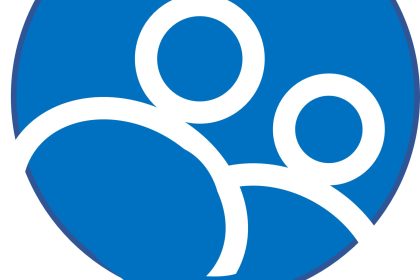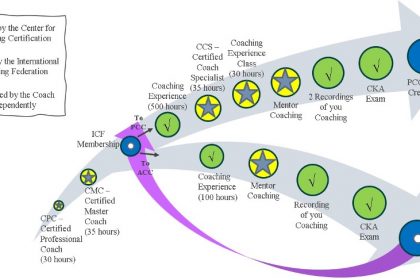Part 3 of the 3 part series: Action Plan to Develop the Habit of Intentionally Thinking
After expanding the understanding of thought power and what it takes to think proactively and intentionally in the first two parts of this series, this post covers the steps for making it happen.
As a Coach, we work in partnership with our clients to explore their goals, barriers, and action steps. Coaches serve as accountability partners. When the client considers the power of their thoughts and words, then understands the language of proactive, intentional thinking, they are ready to make choices regarding habits they want to develop.
Generally with goals, coaches look at the various areas of life to create a list of goals in each category. This is a whole new area for consideration – habits around thinking and speaking. Ask your client: How do you want to think and speak? What habits do you want to think and speak the way you choose? What thoughts and words do you want to have and use routinely?
1. Develop a list of goals around thoughts and words.
One of the more powerful neuro-linguistic programming tools coaches use is to ask the client to describe the results of achieving their goals based on what they see, feel, smell, taste, and hear. By describing goals in these terms, the client creates their success as a reality in their mind, and because it does become real, this propels them forward toward achieving their goals.
2. Describe circumstances when the goals are achieved to create the reality in your mind.
Have you ever made a resolution, only to find yourself in the same place you are now a few months down the road? It takes time to change thoughts and habits, and it takes two more things too. One is ‘information in’ – a constant source of a reminder of what it is you want. Two is ‘application out’ – use it or lose it. As a Coach, work with your client to create positive affirmations. Include their description of circumstances when they achieve their goals. Keep affirmations positive and present tense. Affirmations that are seen, heard, and felt are most effective. Ask the client how they will use their affirmations daily.
3. Create visual and audio affirmations.
As a Coach, you have now empowered your client with understanding and process to achieve. The next phase of your role around these specific goals is to serve as their accountability partner. Ask them how they are doing, what is working, what isn’t working, and what they want to adjust. Enjoy the calls and emails from your clients when they experience amazing results!


